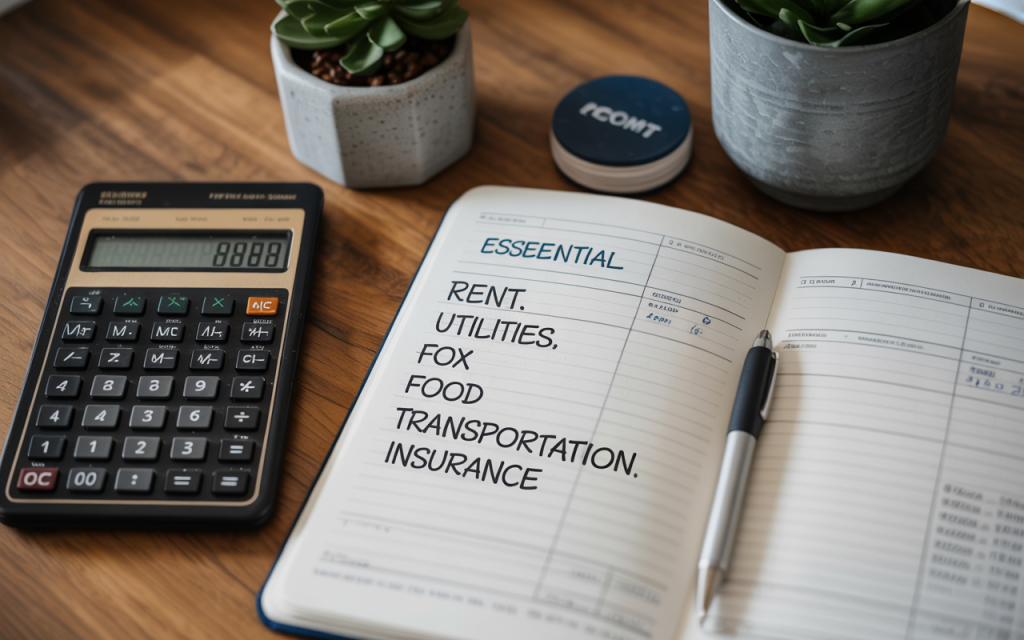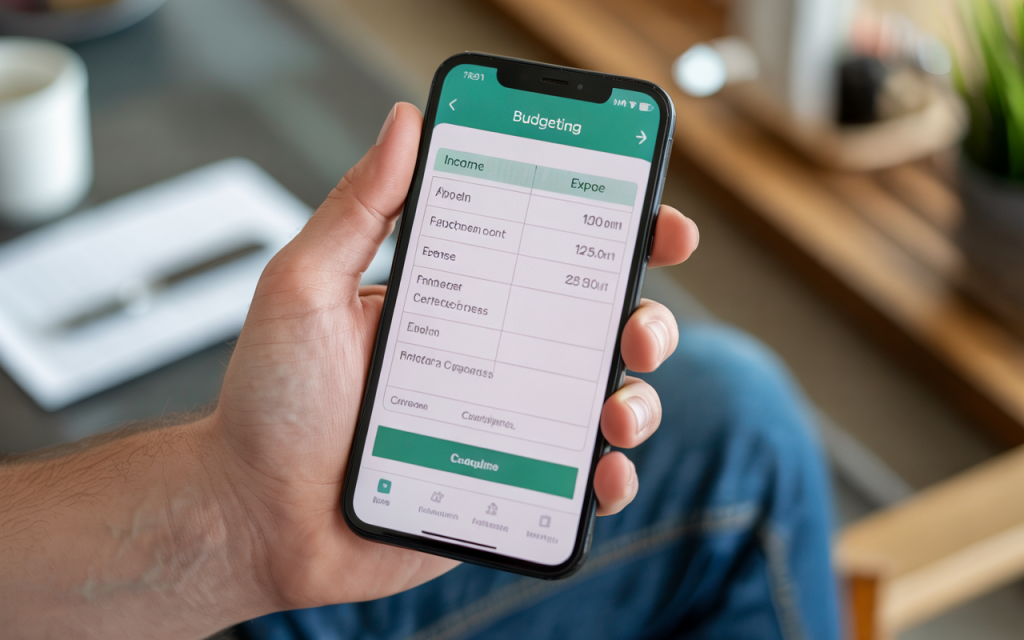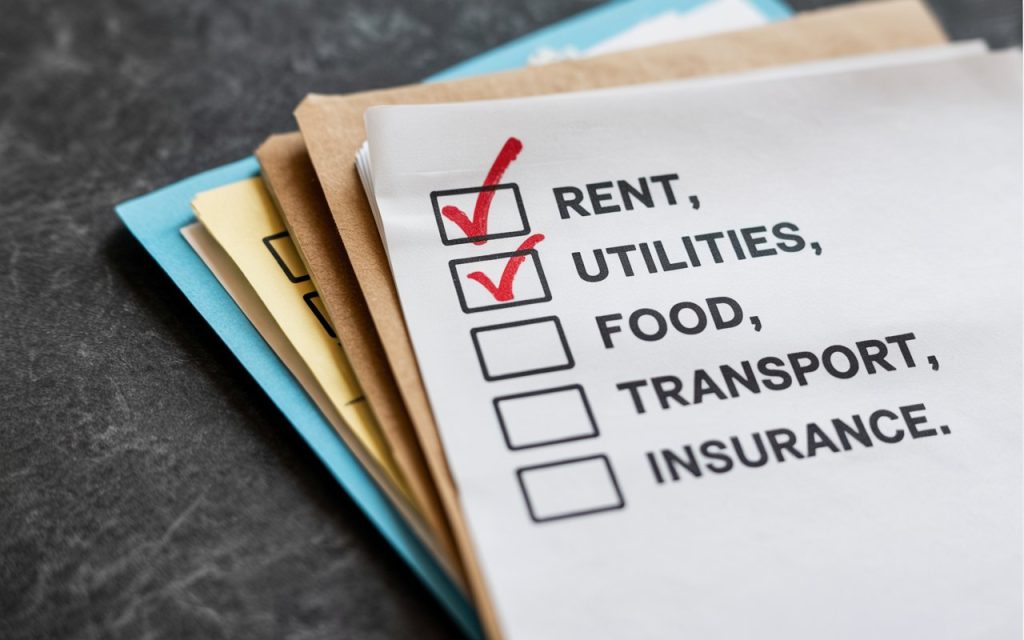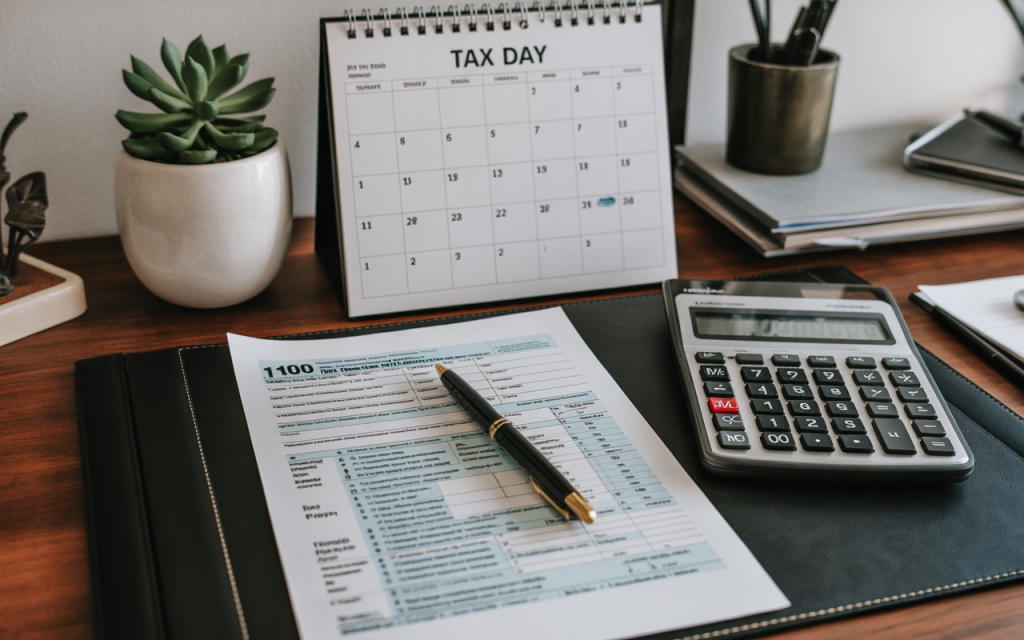Master Budgeting with Irregular Income: Essential Tips
Simple Strategies for Freelancers, Gig Workers, and Anyone with Changing Earnings

Income is the lifeblood of any budget. But what happens when your income is not the same every month? For freelancers, gig workers, small business owners, and many others, irregular income is a fact of life. This can make budgeting feel impossible, but with the right approach, you can take control of your money and reduce stress. This guide will walk you through everything you need to know about budgeting with an irregular income, using simple, practical steps.
Why Budgeting with Irregular Income Is Different
Most budgeting advice assumes you get the same paycheck every month. If your income changes, those tips might not work for you. With irregular income, you need a flexible plan that can handle good months and bad months. The key is to focus on what you can control—your expenses and your savings—and to be prepared for ups and downs.

Step 1: Know Your Minimum Monthly Needs
The first step is to figure out your “survival budget.” This is the minimum amount you need to cover your basic living expenses each month. Your survival budget should include:
- Rent or mortgage
- Utilities (electricity, water, gas, internet)
- Food (groceries, not eating out)
- Transportation (bus, train, car payments, gas)
- Insurance (health, car, renters, etc.)
- Minimum debt payments
Add up these costs to find your survival budget. This is the amount you must cover every month, no matter how much income you earn.

Step 2: Track Your Income and Expenses
When your income changes, it’s important to track both how much you earn and how much you spend. Use a notebook, spreadsheet, or budgeting app to record every dollar that comes in and goes out. This will help you see patterns and plan ahead.
- Track your income: Write down how much you earn each month.
- Track your expenses: Write down everything you spend, from big bills to small purchases.
After a few months, you’ll have a clear picture of your average income and expenses.

Step 3: Use the Lowest Month Method
One of the best ways to budget with irregular income is to base your budget on your lowest-earning month. This means you plan your spending as if every month will be your worst month. If you earn more, you can save the extra or use it for fun or goals. But if you earn less, you’ll still be able to cover your basics.
Step 4: Build an Emergency Fund
An emergency fund is extra important when you have irregular income. Aim to save at least three to six months’ worth of living expenses. This money will help you get through slow months or unexpected costs.
- Start small: Save a little bit each month, even if it’s just $20.
- Use good months: When you have a high-earning month, put some of the extra into your emergency fund.

Step 5: Prioritize Essential Expenses
When money is tight, pay your essential bills first. This means covering your survival budget before you spend on anything else. Essential expenses include:
- Housing
- Utilities
- Food
- Transportation
- Insurance
- Minimum debt payments
After these are paid, you can think about other things like entertainment, eating out, or shopping.

Step 6: Create a Buffer Fund
A buffer fund is similar to an emergency fund, but it’s specifically for smoothing out your income ups and downs. When you have a good month, set aside some of the extra money in your buffer fund. Use this money to cover your bills during low-earning months.
Step 7: Automate and Adjust
Automate your savings and bill payments as much as possible. Set up automatic transfers to your savings account on payday. Review your budget every month and adjust it based on how much you earned and spent.
Step 8: Plan for Taxes
If you’re self-employed or work as a freelancer, you’ll need to pay your own taxes. Set aside a portion of every paycheck for taxes so you’re not caught off guard at tax time.

Step 9: Be Flexible
Flexibility is key when your income is irregular. Be ready to adjust your spending and savings as your income changes. Cut back on non-essentials during slow months, and save more when you have extra.
Step 10: Diversify Your Income
If possible, try to have more than one source of income. This could mean taking on different types of work, finding new clients, or starting a side hustle. Having multiple streams of income can help smooth out the ups and downs.

Step 11: Set Financial Goals
Even with irregular income, it’s important to set goals. Think about what you want to achieve with your money, such as:
- Paying off debt
- Saving for a big purchase
- Building your emergency fund
- Investing for the future
Write down your goals and track your progress. Celebrate small wins along the way.
Step 12: Review Your Budget Regularly
Your budget is not set in stone. Review it every month and make changes as needed. Look at your income and expenses, and adjust your spending and saving plans based on what’s happening in your life.

Step 13: Use Budgeting Tools
There are many tools that can help you budget with irregular income. You can use:
- Spreadsheets
- Budgeting apps
- Online calculators
- Pen and paper
Find a method that works for you and stick with it.
Step 14: Don’t Forget About Retirement
Even if your income is irregular, it’s important to save for retirement. Look into retirement accounts for self-employed people, such as a SEP IRA or Solo 401(k).
Step 15: Get Support
Budgeting with irregular income can be stressful. Don’t be afraid to ask for help. Talk to friends, family, or a financial advisor. Join online communities of people who are in the same situation. Support can make a big difference.

Real-Life Tips for Budgeting with Irregular Income
Here are some real-life tips from people who have learned to budget with irregular income:
- Keep your expenses low. The less you need to spend each month, the easier it is to handle slow months.
- Save first, spend later. When you get paid, put money into savings before you spend on anything else.
- Plan for big expenses. Set aside money each month for things like car repairs, medical bills, or holidays.
- Stay organized. Keep all your bills and receipts in one place. Use a calendar to track due dates.
- Be honest with yourself. Don’t pretend every month will be a good month. Plan for the worst, and enjoy the extra when it comes.
How to Handle Bad Months
Bad months will happen. When your income is lower than expected, stay calm and stick to your plan. Use your emergency or buffer fund to cover your bills. Cut back on non-essential spending. Focus on finding new work or clients to get your income back on track.
How to Make the Most of Good Months
When you have a good month, don’t spend all your extra money. Use it to:
- Top up your emergency fund
- Pay off debt
- Save for big goals
- Invest in your future
This will help you stay stable during the next slow month.

Common Mistakes to Avoid
Here are some common mistakes people make when budgeting with irregular income:
- Spending like every month is a good month. This can leave you short when your income drops.
- Not tracking your income and expenses. You need to know where your money is going.
- Not saving for taxes. This can lead to big bills at tax time.
- Not having an emergency fund. This makes it hard to handle unexpected costs.
- Ignoring retirement savings. It’s easy to forget about the future when you’re focused on today.
The Power of Planning
Budgeting with irregular income takes planning and discipline. But with the right approach, you can take control of your money and reduce stress. Remember, your income may change, but your goals and priorities don’t have to.
Final Thoughts
Budgeting with irregular income is challenging, but it’s not impossible. By knowing your minimum needs, tracking your income and expenses, building an emergency fund, and staying flexible, you can create a budget that works for you. Don’t be afraid to ask for help or use tools to make the process easier. With practice, you’ll find a system that helps you stay on track, no matter how much your income changes.




